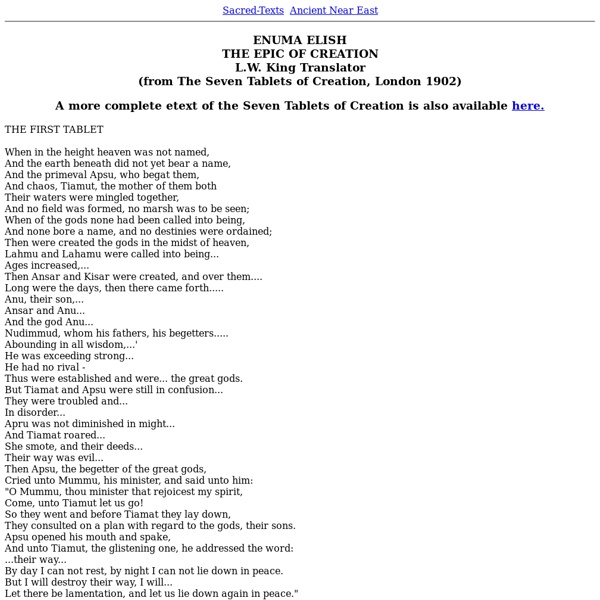Liber Juratus Honorii, or the Sworn Book of Honorius
This done, in the middle of the circles, namely in the center, make a pentagram thus: in the middle of which should be the sign 'Tau', thus: , and above that sign, write the name of God El, and underneath this another name of God, namely, Ely, in this fashion: Then, below the uppermost angle of the pentagram, write these two letters: .l.x. Then, around the pentagram make a heptagon; it may touch the uppermost side of the pentagram, <its second> which is after the middlemost top angle, where are written .l.x. And in the same side of the heptagon write this name of the holy angel, which is Casziel. Then, around that preceding heptagon, make another heptagon, not made like the first, but in such a manner that the one side of it will intersect the previous side of the same. Then make another such heptagon, like the first, whose seven angles touch the seven angles of the second heptagon, and the which should be shown doubled. Then, in each of the angles of the second heptagon make a cross.
Library of Ashurbanipal
The Royal Library of Ashurbanipal, named after Ashurbanipal, the last great king of the Neo-Assyrian Empire, is a collection of thousands of clay tablets and fragments containing texts of all kinds from the 7th century BC. Among its holdings was the famous Epic of Gilgamesh. Due to the sloppy handling of the original material much of the library is irreparably jumbled, making it impossible for scholars to discern and reconstruct many of the original texts, although some have survived intact. The materials were found in the archaeological site of Kouyunjik (ancient Nineveh, capital of Assyria) in northern Mesopotamia. Old Persian and Armenian traditions indicate that Alexander the Great, upon seeing the great library of Ashurbanipal at Nineveh, was inspired to create his own library. Discovery[edit] Three years later, Hormuzd Rassam, Layard's assistant, discovered a similar "library" in the palace of King Ashurbanipal (668 - 627 BC), on the opposite side of the mound. Contents[edit]
Internet Sacred Text Archive Home
Twilit Grotto -- Esoteric Archives
Key of Solomon variants: This is the most famous and influential handbook of magic. Key of Solomon Mathers' edition. The Key of Knowledge. A Sixteenth-Century English translation of the Key of Solomon. The Clavicle of Solomon, revealed by Ptolomy the Grecian.
Akkadian language
The mutual influence between Sumerian and Akkadian had led scholars to describe the languages as a sprachbund.[3] Akkadian proper names were first attested in Sumerian texts from ca. the late 29th century BC.[4] From the second half of the third millennium BC (ca. 2500 BC), texts fully written in Akkadian begin to appear. Hundreds of thousands of texts and text fragments have been excavated to date, covering a vast textual tradition of mythological narrative, legal texts, scientific works, correspondence, political and military events, and many other examples. By the second millennium BC, two variant forms of the language were in use in Assyria and Babylonia, known as Assyrian and Babylonian respectively. Akkadian had been for centuries the lingua franca in Mesopotamia and the Ancient Near East. Classification[edit] Within the Near Eastern Semitic languages, Akkadian forms an East Semitic subgroup (with Eblaite). History and writing[edit] Writing[edit] Development[edit] Decipherment[edit]
The Cartoon Guide to the Computer by Larry Gonick | Larry Gonick
The Cartoon Guide to the Computer Can a 20-year-old computer book still be relevant? Could be. This book is getting harder and harder to find… HarperCollins, 200+ pages, paper. View sample page Amazon
Internet Sacred Text Archive Home
Economy and Writing
Development of Southern Mesopotamian Economic Structure Early Antecedents of Sumerian Economic Structure 1. 2. 3. 4. 5. 6. 7. Sumerian Economic Hierarchy 1. 2. 3. 4. 5. 6. The Economic Functions of Sumer 1. 2. - built and maintained irrigation systems. - constructed the temples and other administrative buildings. - supervised secondary agricultural communities within the city- state. - employed craftsmen to produce the metal, textile, ceramic, and cylinder seals required by the central authority. - engaged in long-distance trade. 3. 4. 5. 6. Private Economic Enterprise and Ownership: “Manors” to Oikos. 1. 2. 3. 4. 5. 6. 7.



